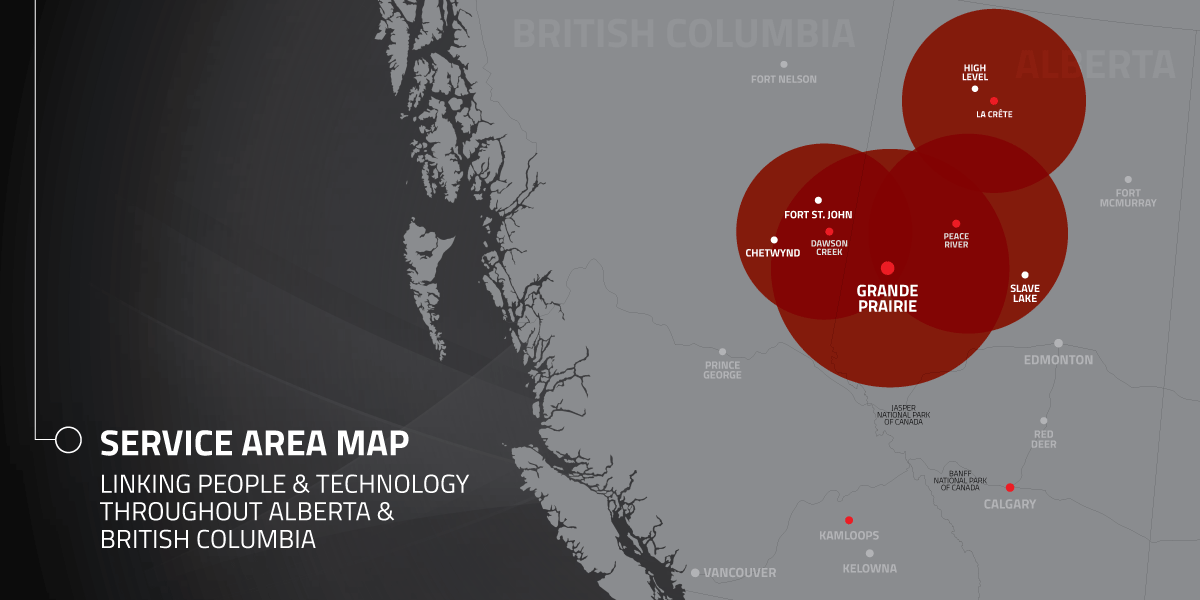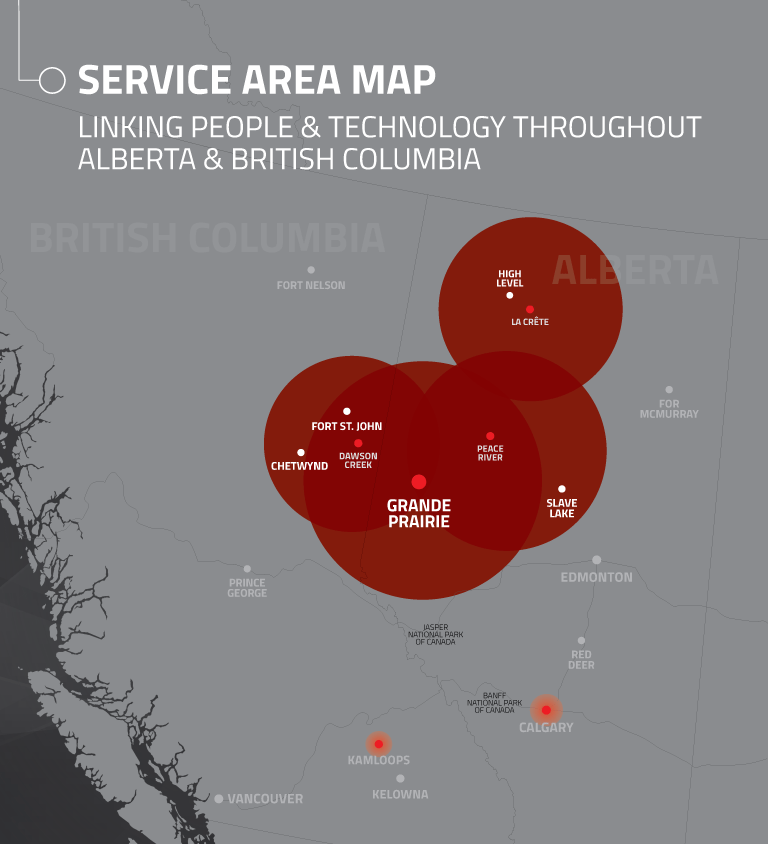The Importance of Having an IT Disaster Recovery Plan
Businesses in the modern world rely heavily on technology for their daily operations. However, unexpected catastrophes, such as cyberattacks, natural disasters, or system failures, can always occur. These have the potential to drastically damage an organization’s IT infrastructure. This is why having a good IT Disaster Recovery Plan (DRP) is needed.
Read on to discover why having a strong disaster recovery plan is key for every business.
Types of Disasters
Disasters come in various forms, each presenting unique challenges to businesses. To formulate an effective disaster recovery strategy, it’s best to understand the different types of disasters that can impact an organization:
Natural Disasters
This category includes many events, including storms, floods, fires, and volcanic eruptions. These occurrences can inflict physical damage on your business infrastructure, leading to power outages or mechanical failures that may result in data loss.
Hardware and Software Malfunctions
Data loss can occur due to failures in hardware or software systems if proper Business Continuity and Disaster Recovery (BCDR) measures are not in place. These failures may stem from bugs, glitches, configuration errors, or component malfunctions. Additionally, outdated software or end-of-life hardware can contribute to data loss incidents.
Unpredictable Situations
Data loss can stem from unforeseen circumstances, such as theft of portable storage devices or unexpected events like water leaks or pest infestations in data centers. Preparing for such eventualities is an important step to securely storing data backups outside of physical devices.
Human Error
It’s shocking to realize just how many data loss incidents result simply from human errors. These mistakes range from accidental file deletion or overwriting to errors in naming conventions or forgetting to save or back up data. Even something as simple as spilling liquid on a storage device can lead to data loss.
Cyberthreats
Malware, ransomware, and virus attacks pose significant business threats, potentially corrupting data and backups beyond recovery. Moreover, insider threats from employees with unauthorized access can go unnoticed for extended periods, leading to substantial data loss. A single ransomware attack, initiated by an unwitting employee clicking on a malicious link or downloading a harmful file, can cripple an entire business.
What Is a Disaster Recovery Plan?
A Disaster Recovery Plan (DRP) is a comprehensive framework outlining procedures and protocols to restore IT infrastructure and operations following a disaster. It includes preventive, detective, and corrective measures aimed at minimizing downtime and data loss. A well-crafted DRP considers various scenarios and establishes clear guidelines for response and recovery, ensuring business continuity despite adversity.
How Disaster Recovery Works
Disaster recovery relies on proactive planning and swift execution to reduce the impact of disruptions. It involves three key elements: preventive measures to minimize the risk of disasters, detective measures to identify and respond to incidents in real time, and corrective measures to restore operations and data integrity. Organizations can expedite recovery and minimize downtime by replicating critical data and workloads to secondary locations or cloud environments.
Types of Disaster Recovery Plans
Several disaster recovery plans are tailored to meet specific business needs and recovery objectives. These include the following:
Data Center Disaster Recovery Plan
This plan focuses on safeguarding proprietary data centers and addressing all IT infrastructure components and physical installations. It typically includes backup systems at secondary data centers or colocation facilities, documenting aspects like cooling, power, security, and fire response protocols.
Network Disaster Recovery Plan
Critical for maintaining internal and external communication during crises, this plan outlines procedures to swiftly restore network services. It can ensure access to backup data and secondary storage locations.
Virtualized Disaster Recovery Plan
This strategy duplicates workloads in backup spots or the cloud by utilizing virtualization tech. It’s known for its flexibility, simple setup, and effectiveness, enabling quick failover and regular replication.
Cloud Disaster Recovery Plan
Instead of relying on physical infrastructure, this plan involves hosting disaster recovery systems in the cloud. It goes beyond simple backup, enabling automatic workload failover to a cloud-based platform for immediate recovery.
Disaster Recovery as a Service (DRaaS) Plan
This plan utilizes commercially available cloud DR services, allowing organizations to replicate and host their servers on third-party infrastructure. The service provider manages the recovery process based on predefined service-level agreements.
Benefits of Disaster Recovery Plans
Implementing a disaster recovery plan offers numerous benefits to organizations, including:
Reduced Restoration Times
With an effective recovery solution, you can swiftly restore systems, services, and applications, leading to significantly lower Recovery Time Objective (RTO) and Recovery Point Objective (RPO). This ensures minimal disruption to your operations.
Loss Limitation
By minimizing restore times, you can mitigate losses in terms of revenue and other associated costs, like downtime and technical support expenses.
Critical Process Continuity
Every business has essential processes that are needed for continuity. A disaster recovery solution helps safeguard these processes, minimizing interruptions and facilitating a quick return to normal operations.
Preserved Reputation
Downtime resulting from unexpected incidents can severely damage a company’s reputation. Swift recovery preserves the business’s strength and prevents irreversible harm to its image.
Streamlined Emergency Response
A well-defined disaster recovery plan simplifies the response to unforeseen events, ensuring a controlled restoration process at every stage.
Detailed Management
Disaster recovery solutions offer granular management, allowing data restoration at a file level or even smaller units. This ability can ensure comprehensive data and service recovery.
Uninterrupted Performance
Replication of business infrastructure across multiple disaster recovery sites ensures no performance impact. The active disaster recovery arrangement ensures that systems always stay online.
Customized Control
Tailoring your disaster recovery solution allows you to determine replication frequency and establish optimal recovery times for your business. Additionally, constant monitoring ensures readiness for any contingency.
Final Words
Investing in an IT Disaster Recovery Plan is vital for protecting your business against unexpected disasters and keeping it strong. By planning and implementing recovery measures, companies can reduce downtime, safeguard assets, and keep operations running smoothly even in tough times.
At Hi-Tech Business Systems, we specialize in safeguarding your critical data with a great disaster recovery plan. Contact us today to discover how we can help protect your business against unforeseen disasters.





